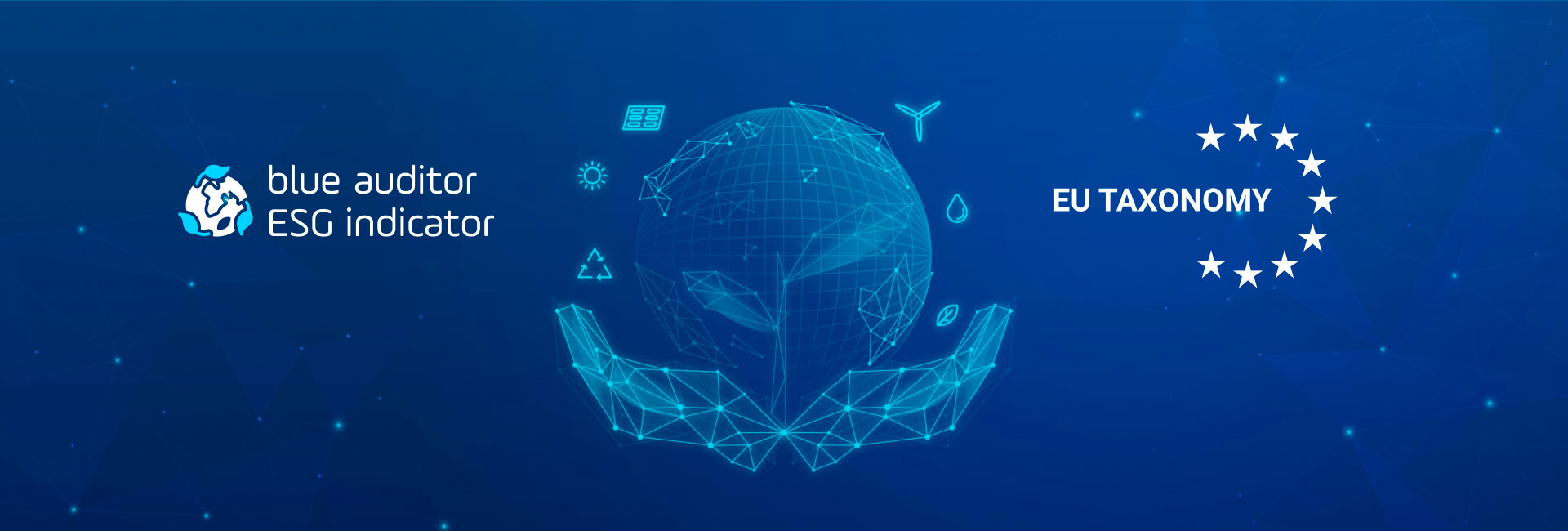Environmental, Social, and Governance (ESG) criteria and the EU Taxonomy are two interconnected frameworks in the realm of sustainable finance and sustainable investing. ESG is a set of standards that investors employ to evaluate the performance of companies concerning their environmental, social, and governance practices. Conversely, the EU Taxonomy is a classification system for environmentally sustainable economic activities, providing a unified language and a consistent set of criteria for sustainable investing. Both frameworks have been devised to facilitate sustainable finance and investing, and their interrelation can be observed in several key aspects, including environmental, social, and governance criteria, transparency, and alignment with the Paris Agreement.
Environmental criteria
The EU Taxonomy establishes a range of environmental criteria that companies must fulfill to be deemed environmentally sustainable. These criteria share a close relationship with those utilized in ESG investing, such as carbon emissions, energy efficiency, and water management. By adhering to the EU Taxonomy’s environmental criteria, companies can enhance their performance on environmental ESG metrics. For instance, to be regarded as environmentally sustainable, companies must meet specific requirements concerning greenhouse gas emissions, energy efficiency, and water management. By satisfying these prerequisites, companies can demonstrate their commitment to minimizing their environmental impact, consequently reflected in their ESG scores.
Social criteria
In addition to environmental criteria, the EU Taxonomy comprises social criteria that companies must satisfy to be considered socially sustainable. These criteria exhibit a close connection with the social metrics used in ESG investing, such as labor rights, human rights, and community engagement. By adhering to the EU Taxonomy’s social criteria, companies can enhance their performance on social ESG metrics. To illustrate, companies must meet specific requirements relating to labor rights, human rights, and community engagement to be deemed socially sustainable. By satisfying these prerequisites, companies can demonstrate their dedication to addressing social issues, subsequently reflected in their ESG scores.
Governance criteria
Furthermore, the EU Taxonomy includes governance criteria that companies must fulfill to be considered governance sustainable. These criteria bear a strong resemblance to the governance metrics employed in ESG investing, such as corporate governance, transparency, and accountability. By adhering to the EU Taxonomy’s governance criteria, companies can enhance their performance on governance ESG metrics. To qualify as governance sustainable, companies must satisfy specific requirements concerning corporate governance, transparency, and accountability. By meeting these prerequisites, companies can demonstrate their robust governance practices, subsequently reflected in their ESG scores.
Transparency and Disclosure
EU Taxonomy necessitates that companies disclose their sustainability performance, alignment with the EU Taxonomy, and compliance with the EU Sustainable Finance Disclosure Regulation. This requirement ensures investors have access to pertinent, comparable, and reliable information regarding the sustainability of companies in their portfolios, thereby facilitating the integration of sustainability considerations into investment decisions. By offering transparent and accurate information on their sustainability performance, companies can demonstrate their commitment to sustainable finance and investing, which, in turn, will be reflected in their ESG scores.
Alignment with the Paris Agreement
The EU Taxonomy aligns with the Paris Agreement, requiring companies to evaluate the impact of their activities on climate change and take actions to reduce their greenhouse gas emissions. This alignment enables companies to contribute to global efforts to combat climate change while supporting investors in identifying and investing in companies that adhere to the Paris Agreement’s objectives. By actively reducing their greenhouse gas emissions and aligning with the Paris Agreement, companies can showcase their commitment to addressing climate change, which will be reflected in their ESG scores.
Conclusion
In summary, ESG criteria and the EU Taxonomy are two interrelated frameworks within the sphere of sustainable finance and investing. Both frameworks aim to support sustainable finance and investing, and their interrelation can be observed in terms of environmental, social, and governance criteria, transparency, and alignment with the Paris Agreement. By employing both frameworks, companies can enhance their performance on sustainability matters, and investors can identify and invest in companies that align with sustainable finance and investing principles. By considering both ESG criteria and the EU Taxonomy, companies can demonstrate their dedication to sustainable finance and investing, while investors can be assured that they are investing in companies committed to addressing environmental, social, and governance issues in a meaningful manner.






